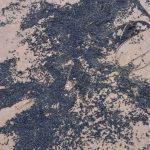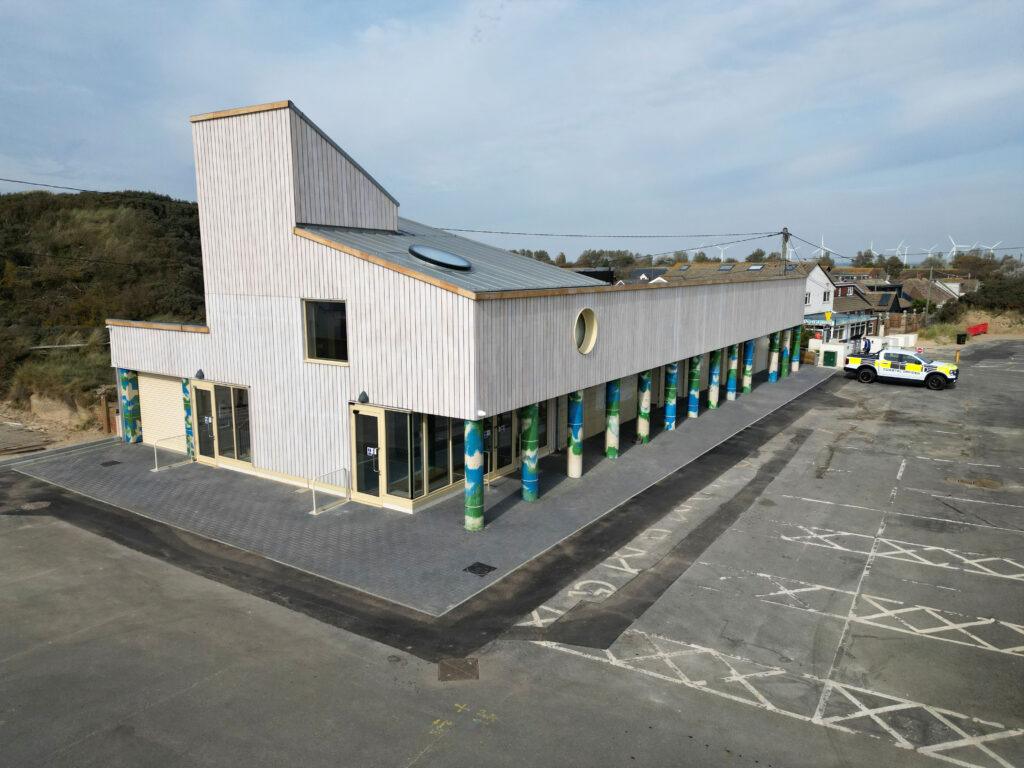2025 is shaping up to be a mast year in the UK 🌰🍁.
Observations from across the country show trees like oak and beech producing an unusually large amount of nuts, berries, and seeds. Woodland floors are already carpeted with acorns and beech nuts, and branches are heavy with fruit. The UK is also experiencing an exceptional blackberry season.
Why 2025 is a Mast Year
- Five-Year Cycle: The last notable mast year was in 2020. Trees often follow a 5 – 10 year rhythm, and 2025 fits that pattern.
- Weather Triggers: Warm, dry springs and environmental stress – like the hot, dry conditions earlier this year – can prompt trees to synchronize their seed production.
- Early Ripening: Blackberries were spotted as early as June, weeks ahead of their usual season
- Ecological Strategy: By overwhelming seed-eating animals with abundance, trees ensure some seeds survive to grow into the next generation.
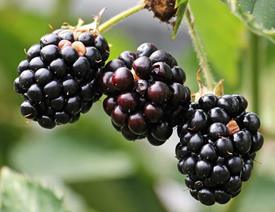
What you’ll see
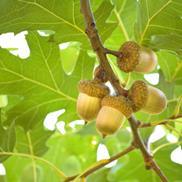
- Acorns, conkers, and beech nuts carpeting woodland paths.
- Berries bursting on hedgerows.
- Wildlife thriving – especially squirrels, jays, mice, and their predators like owls and foxes.
- We are also seeing a noticeable spike in spider activity across the UK, especially indoors this autumn.
Warm Summer = More Insects = More Spiders
- Heatwave Effect: One of the warmest summers in recent years boosted populations of insects like flies, wasps, and butterflies – prime spider food.
- Food Chain Reaction: With more prey available, spider populations have flourished. As temperatures drop, they’re heading indoors in search of warmth and mates.
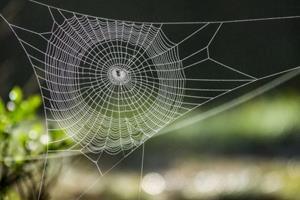
Why You’re Seeing More at Home
- Peak Mating Season: Autumn is when male spiders reach maturity and start roaming in search of females. That’s why you’re spotting them in bathrooms, kitchens, and corners.
So you can always collect some of those abundant conkers and try the old myth that conkers on the window ledge keep spiders away.


